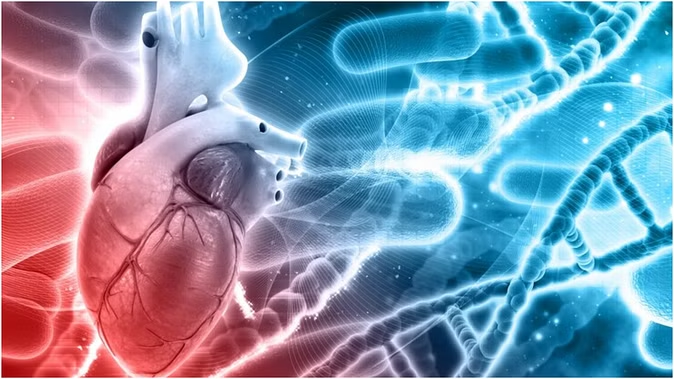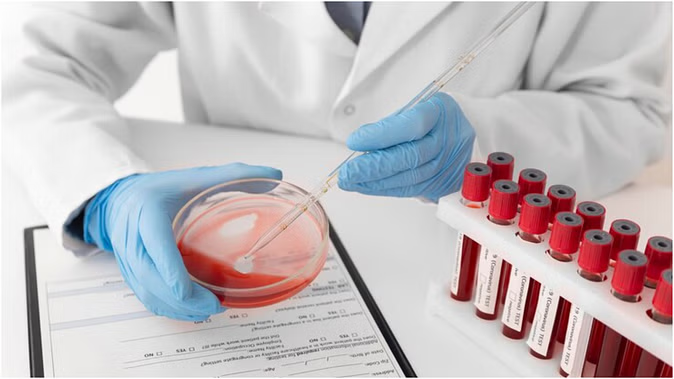For the body to remain healthy, there must be continuous blood circulation to all the organs. However, conditions like blood clotting can hinder this function. Thrombosis is one such serious problem in which blood clots start forming in your blood vessels or heart. Due to this, blood flow can be blocked. In this situation, the risk of heart attack and stroke increases significantly. Thrombosis can form a blood clot (thrombus) inside your blood vessels or the chamber of your heart.

Health experts consider it a serious condition. World Thrombosis Day is celebrated every year on 13 October to increase awareness among people about this growing problem at the global level. Experts say, this is a condition that is often underestimated, although its side effects can be very serious.
Let us know why thrombosis occurs and what can be done to prevent it.
Learn about thrombosis
Thrombosis can cause clots to block blood flow in your blood vessels. In some cases, they can travel elsewhere in your body. If a clot gets stuck in a vital location, such as your lungs or brain, it can also block blood flow to that organ. Such conditions can be life-threatening.
A variety of medical conditions or other factors put you at higher risk for thrombosis. It's important to know your risk and how to prevent it.
Thrombosis can cause heart attack.
Thrombosis is a serious condition and can become more dangerous over time. Thrombosis can cause several different complications depending on where the blood clot is and where it's at risk of traveling. If the clot is in the lungs, it can cause pulmonary embolism, if it's in the brain, it can cause a stroke, and if it's in the heart (coronary artery), it can cause a heart attack.
Arteries carry blood from your heart to the rest of the body. When a blood clot forms in an artery, it can lead to heart attack and stroke. Clots in veins can cause pulmonary embolism.
Why does thrombosis occur?
Thrombosis is a common problem, it is the leading cause of one in every four deaths worldwide. People with certain health problems such as atrial fibrillation, cancer, coronary artery disease, and diabetes are at higher risk of thrombosis. Tobacco smoking also increases your risk.

Thrombosis occurs when something damages the inner layer of your blood vessel (endothelium) or slows down blood flow. It is important to detect it on time. Its complications can be reduced with some blood thinning medicines.
What to do to prevent thrombosis?
Doctors say, when you know that you are at risk of clot formation, then prevention is easy. The best way to know about your risk is to get an annual physical checkup. Blood thinners, cholesterol controlling medicines are considered helpful in this.
It is important to control your weight through diet and exercise, the risk of thrombosis is seen more in obese people. For this, exercise at least 30 minutes daily. Sitting for a long time also increases the risk of thrombosis. If your job requires sitting or standing for a long time, then take small breaks. Apart from this, it is most important to stay away from smoking to prevent thrombosis.
(PC: Freepik)










